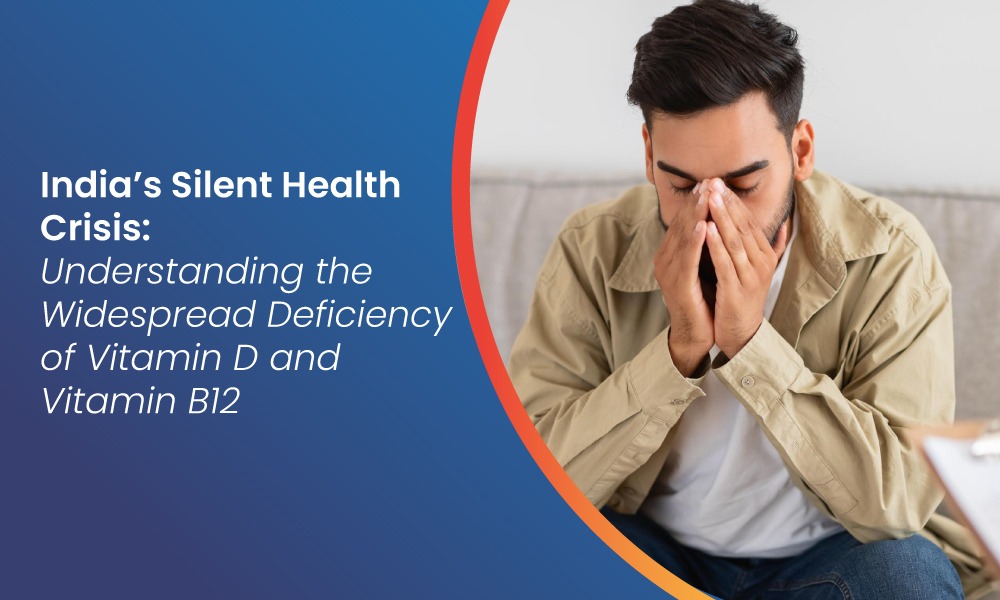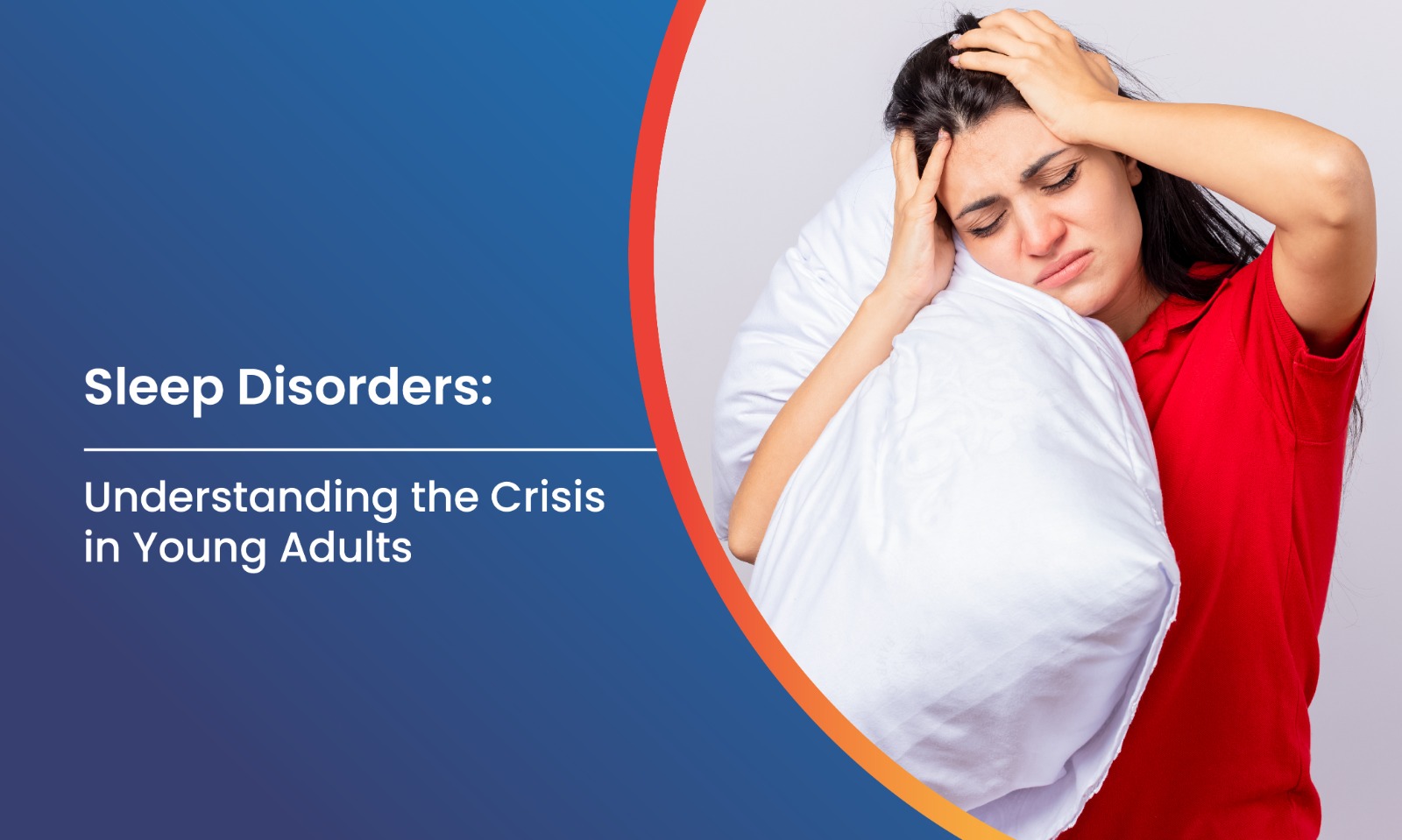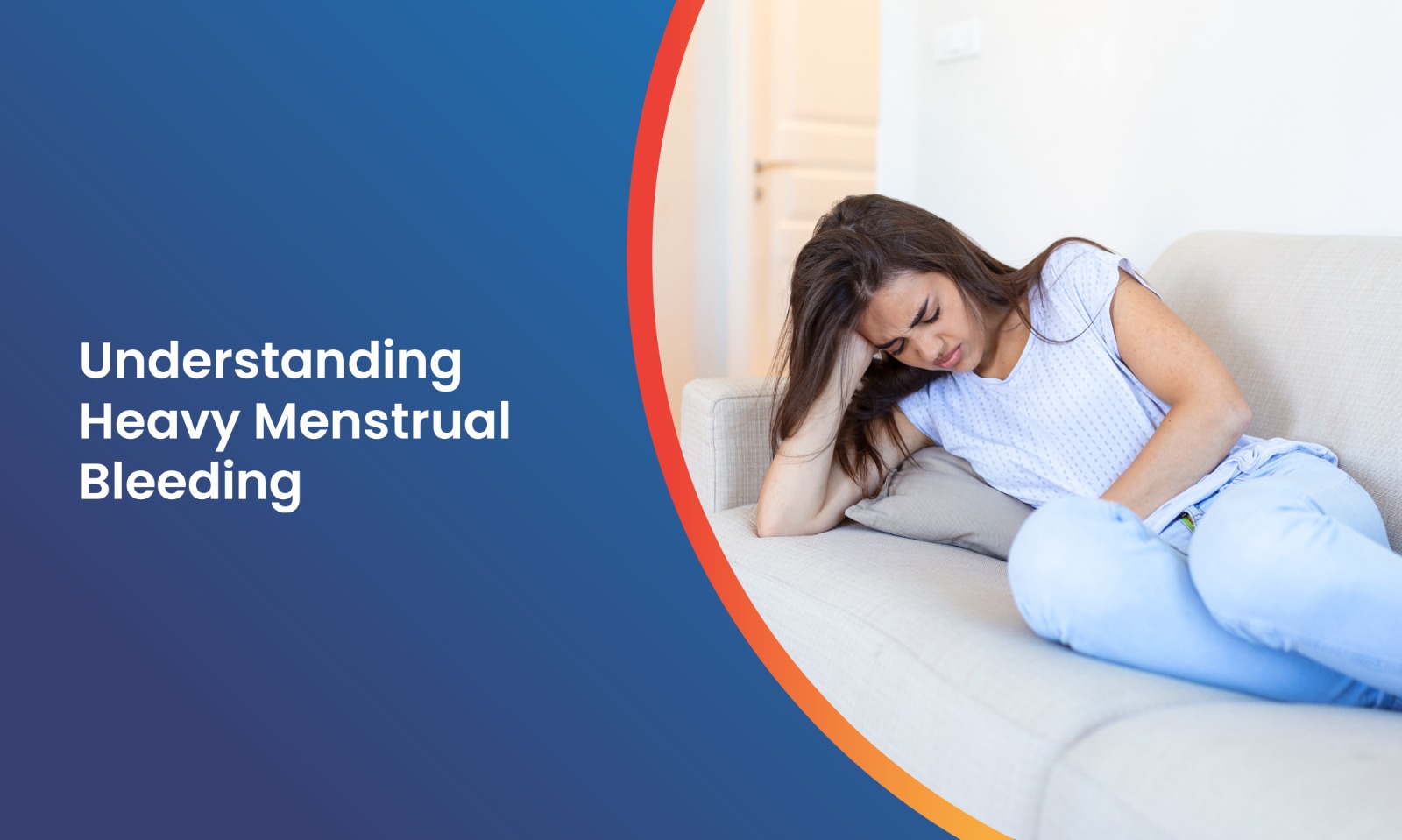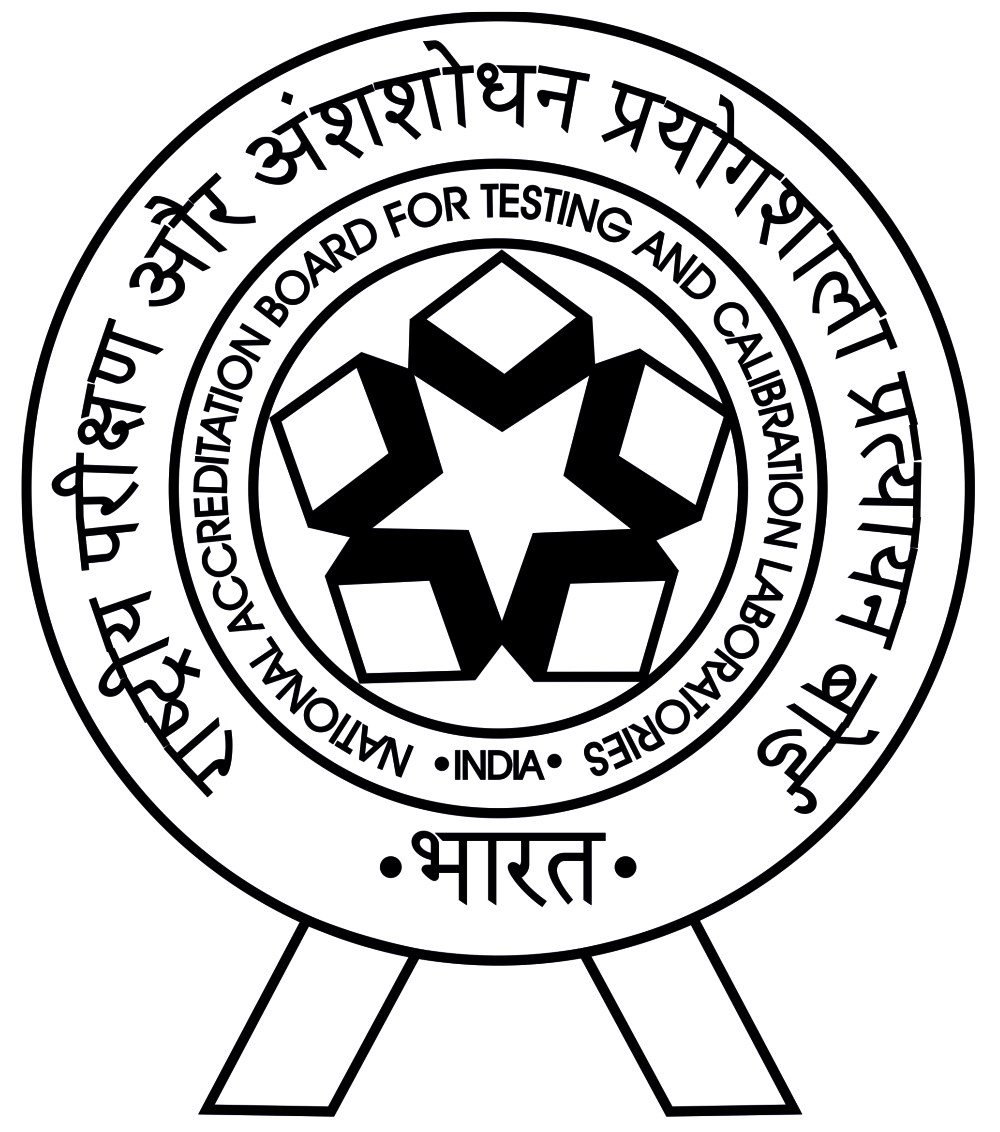India’s Silent Health Crisis: Understanding the Widespread Deficiency of Vitamin D and Vitamin B12

India’s Silent Health Crisis: Understanding the Widespread Deficiency of Vitamin D and Vitamin B12
Introduction
However, India has a sunny, tropical climate, and the diverse variety of its cuisine is experiencing a “silent epidemic” of vitamin D and vitamin B12 deficiencies. Recent research and nationwide reports have raised concerns regarding these deficiencies, which appear to affect individuals across all age groups, socioeconomic statuses, and geographic locations, including both urban and rural areas. The effects are extensive, impacting bone health, cognitive development, immune function, and overall well-being. This article examines the current situation in India, the extent of the problem, its etiological factors, health consequences, and recommended public health interventions.
Table of Contents
Introduction
- Magnitude of Vitamin D Deficiency in India
- Key Factors Driving Deficiency
- Vitamin B12 Deficiency: An Alarming Dietary Crisis
- Causes Unique to India
- Dual Deficiency: Overlapping and Compounding Effects
- Socioeconomic and Urban–Rural Divide
- Public Awareness and Diagnostic Gap
- FAQs
Magnitude of Vitamin D Deficiency in India
Despite being a country renowned for its plentiful sunshine, India faces an alarmingly high prevalence of vitamin D deficiency. This paradox has confounded both health professionals and the general public. One might assume that abundant sunlight across most parts of the country would shield Indians from this nutritional gap. However, scientific research and numerous large-scale studies have repeatedly demonstrated that vitamin D deficiency is widespread, persistent, and not restricted by geography, ethnicity, socioeconomic status, age, or gender.
Recent Data and Trends
- A 2025 report by the Indian Council for Research on International Economic Relations (ICRIER): At least one in five Indians has vitamin D deficiency. Among children aged 0-10, almost half experienced rickets, while 80-90% of the elderly are at risk of osteoporosis.
- School studies: Multicentric studies report that only 42% of Indian children and adolescents aged 5–18 have sufficient vitamin D, with urban girls showing higher levels of deficiency than rural boys.
- Regional variation: The deficiency is most alarming in eastern India (39% of the population), but high across all states.
- Women at greater risk: Studies repeatedly show women, especially pregnant women and those with restricted sun exposure, suffer higher deficiency levels.
Key Factors Driving Deficiency
Even with ample sunshine, several socio-cultural and environmental causes thwart sufficient vitamin D synthesis in Indians:
- Urbanisation and indoor lifestyles: More desk-based work, urban living, and academic pressure keep children and adults indoors for most of the day.
- Cultural clothing and social norms: Full-body clothing and head-covering restrict direct skin exposure.
- Use of sunscreen and air pollution: High SPF lotions and particulate-laden air block UVB rays needed for vitamin D synthesis.
- Poor dietary intake: Indian diets are often low in foods naturally rich in vitamin D (fish, eggs, fortified dairy).
Vitamin B12 Deficiency: An Alarming Dietary Crisis
Vitamin B12, or cobalamin, is crucial for nervous system health, blood formation, and metabolic function. B12 occurs naturally only in animal-source foods, making deficiency especially common in India, where nearly 40% of the population follows a vegetarian diet.
Prevalence and Demographic Profile
- Meta-analyses and cohort studies (2001–2023): The pooled national frequency for inadequate vitamin B12 levels is 51%, with rates exceeding 65% among vegetarians and 67% among pregnant women. Adolescent girls and women of reproductive age are particularly vulnerable.
- Children and the elderly: Deficiency is widespread among infants, children, and the elderly, with as much as 85% of at-risk children in some hospital-based studies testing deficient.
- Pregnant women: Studies from Jammu, northern India, and other states have reported that over 70% of pregnant women may be vitamin B12 deficient, even in economically well-off groups.
Causes Unique to India
Several factors make vitamin B12 deficiency especially severe on the subcontinent:
- Predominantly vegetarian diets: Large segments of Indian society abstain from animal products, the primary dietary source of B12.
- Low dairy and egg consumption: Even among vegetarians, many avoid eggs (lacto-vegetarianism), further reducing B12 intake.
- Absence of food fortification: Most Indian staple foods are not B12-fortified.
- Poverty and malnutrition: Lower income limits access to animal foods, and maternal deficiency leads to low B12 in infants.
- Gastrointestinal issues: Prevalent gut infections or conditions like celiac disease further impede absorption.
Dual Deficiency: Overlapping and Combined Effects
There is an alarming coexistence of vitamin D and B12 deficiencies in pregnant women and children throughout India. One study in Jammu found that 86% of pregnant women were deficient in vitamin D and 72% in vitamin B12 simultaneously.
Health Consequences
- Vitamin D deficiency: Increases risk of rickets in children, osteoporosis and fractures in adults, impaired immunity, higher risk of infectious diseases, and possible increased susceptibility to diabetes, cancer, and neuropsychiatric illnesses.
- Vitamin B12 deficiency: Results in anaemia, fatigue, mood disturbances, neuropathy, developmental delays in children, and cognitive degeneration in the elderly. Children with B12 deficiency exhibit higher rates of developmental delays, anaemia, poor appetite, and growth faltering.
- Maternal and infant effects: Maternal deficiency of both nutrients leads to low neonatal stores, setting the stage for long-term health complications in infants.
Importance of Screening for Vitamin D and B12 Deficiency
Timely detection of vitamin D and B12 deficiency through screening is essential for effective prevention and management of the health complications associated with these conditions. Given the widespread deficiency rates among Indians, proactive screening helps identify individuals at risk before severe symptoms develop, enables targeted intervention, and improves overall health outcomes.
Who Should Be Screened?
Screening is particularly recommended for:
- Individuals with symptoms: Such as chronic fatigue, muscle weakness, bone pain, numbness, tingling, frequent infections, or anaemia.
- At-risk populations: Including pregnant and breastfeeding women, elderly individuals, infants, strict vegetarians and vegans, and those with limited sun exposure or specific medical conditions like osteoporosis, inflammatory bowel disease, or malabsorption syndromes.
- People on certain medications: Long-term use of antacids, metformin, or anti-epileptic drugs can increase the risk of deficiencies.
- Routine health check-ups: Screening may be advised as part of regular health evaluations, especially in those with a family history or lifestyle risk factors
Public Awareness and Diagnostic Gap
One of the biggest challenges is low public awareness. The majority of Indians remain undiagnosed until complications—sometimes irreversible—arise. Fatigue, weakness, bone pain, numbness, and mood disturbances are commonly ignored or misattributed.
National Response: Current Gaps and Recommendations
India’s national health policy is only beginning to prioritise these “silent” nutritional crises. There is no nationwide food fortification programme for vitamin D and B12 comparable to those implemented for iodine or iron.
Experts and health authorities are calling for:
- Mass awareness campaigns: To educate the public about the importance of these vitamins.
- Food fortification initiatives: Mandating vitamin D and B12 fortification of staples like milk, wheat flour, and edible oils.
- Promotion of safe sun exposure: Encouraging moderate sun exposure, especially among children and the elderly.
- Routine screening: For at-risk groups, especially pregnant women, children, and vegetarians.
- Targeted supplementation: Especially in maternal and paediatric healthcare.
- Dietary diversification: Encouraging the consumption of animal-based foods and, when not feasible, using fortified supplements.
Despite impressive economic progress and healthcare improvements, India still faces large yet often unseen nutritional issues. A mix of dietary habits, urban living trends, and cultural beliefs contribute to widespread vitamin D and B12 deficiencies. Tackling these challenges calls for a compassionate, multi-faceted approach—raising awareness, shaping policies, fortifying foods, providing supplements, and encouraging healthier lifestyles. Without swift and caring action, these deficiencies threaten to hold back India’s talented young generation and the overall well-being of its people.
FAQs
Q1. Why is Vitamin D Deficiency Common in India Despite So Much Sunlight?
Vitamin D deficiency in India is surprisingly widespread, despite the country receiving abundant sunlight year-round. Key reasons include limited sun exposure due to indoor lifestyles, cultural clothing that covers most of the body, high air pollution that reduces UVB rays, and darker skin tones that require more sunlight for vitamin D production.
Q2. Who is Most at Risk of Vitamin D Deficiency in India?
Certain groups are more vulnerable to vitamin D deficiency. These include growing children, pregnant and breastfeeding women, elderly individuals with reduced skin synthesis, and urban residents who spend most of their time indoors. These high-risk groups need regular screening and preventive measures to maintain healthy vitamin D levels.
Q3. Why is Vitamin B12 Deficiency So Widespread in India?
Vitamin B12 is primarily found in animal-based foods, including meat, fish, eggs, and dairy products. Since a large percentage of the Indian population follows vegetarian or vegan diets, their intake is often inadequate. Poor absorption due to digestive issues also contributes, making vitamin B12 deficiency a major health concern in India.
Q4. What Health Problems Can Vitamin D and B12 Deficiency Cause?
Vitamin D deficiency can lead to weak bones, osteoporosis, bone pain, and rickets in children. Vitamin B12 deficiency often causes anaemia, fatigue, memory loss, nerve damage, and in severe cases, neurological issues. Both deficiencies can affect immunity, overall health, and increase the risk of chronic illnesses.
Q5. How Does Urban Lifestyle Increase Vitamin D Deficiency Risk?
Modern urban living means spending more time indoors, reduced outdoor activities, and working long hours under artificial lighting. High air pollution in cities further blocks UVB rays essential for vitamin D synthesis. As a result, even people in sunny regions can suffer from low vitamin D levels.
Q6. How Can You Prevent Vitamin D and B12 Deficiency?
To avoid these deficiencies, aim for at least 20 minutes of safe sun exposure each day. Incorporate vitamin-rich foods like dairy, eggs, fatty fish, and fortified products into your diet. Vegetarians should consider fortified foods or supplements. Regular health check-ups and screenings for at-risk groups are strongly advised.
Q7. What Steps Should India Take to Reduce Vitamin Deficiencies?
A national strategy is needed to fight vitamin D and B12 deficiencies. This includes raising public awareness, expanding large-scale food fortification programs, promoting affordable supplements, and improving access to healthcare for early screening. These actions will help prevent long-term health complications and improve overall public health in India.















